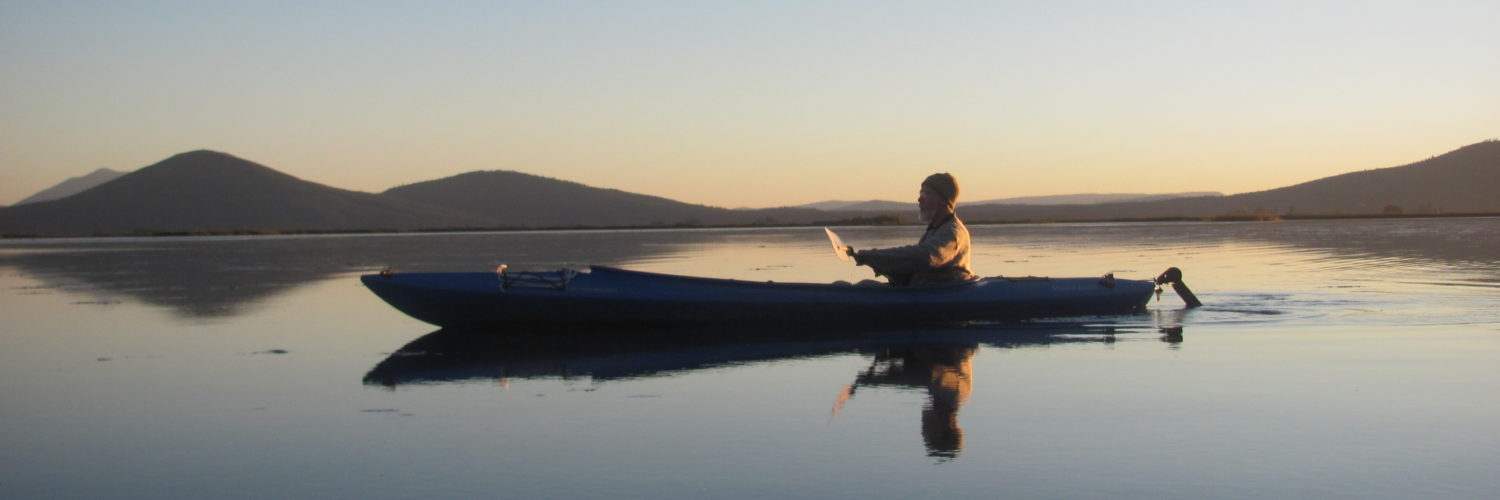This last summer we installed a playground at Chrysalis for our primary and elementary students. As I watch young children climb and slide and imaginatively play on the structure, I reflect on what a wonderful investment this playground is – from many angles. First is the investment in the health of the next generation. Kids are swinging across the monkey bars, climbing the ladders, growing strong. Second, from a financial point of view, for $18,000 we bought and installed a playground that should cost $70,000 or so, installed. This is because one of our parents noticed this playground sitting unused at another school. That school had been an elementary school but it was converted to a specialized high school. The playground, designed for 5-12 year olds, had to now just sit there, creating a maintenance and liability problem for that school district. So we bought it from them in a win-win situation. We got a playground in good shape for about a fourth the cost. They got rid of a liability problem, regained use of 3000 sq. ft. of playground area, and acquired funds that would help them retain a teaching position in these challenging state budget times. Plus the Earth benefited because we recycled a playground rather than impose the carbon footprint of constructing and transporting a whole new playground. Then there was a third benefit in that the county probation department did the work of moving and installing the playground for us. People on probation had the chance to participate in work that created something special for children. So, the playground has been an all-around wonderful investment.
Then I read that Wall Street was developing a new investment opportunity based on securitizing people’s insurance policies. People in hard times are cashing in their insurance policies for a fraction of their overall worth. Profit can be generated from this misfortune; the articles said interest in the new investment vehicle was running high.
I find myself contemplating the difference between these two investments. Many of the articles conveyed a sense of moral outrage which I can agree with. But it’s the contrast between these two investments that I kept turning over and over in my mind. The Wall Street investment was building nothing of value. Nothing was being made better for our future – like a playground. But more importantly, it revealed such a pathetic lack of imagination. The playground – now that was creative in so many ways. But having billions of our culture’s dollars flowing into investments that generate more profit if people live shorter, more desperate lives is not creative. What’s profoundly pathetic is that those involved in this securitization see themselves as shrewd. They see themselves as smart enough to profit while I see them wandering further and further away from the heart of this incredible gift of being alive. My heart goes out to them – not anger. We were born into this world, gifted with the abilities to create upward spirals, to nourish gardens of new possibilities, bring forth surges of hope. And to end up near the end of your life having learned not even enough to move beyond such dark, sideshow come-ons is truly sad.
There is such a world of difference between extracting possibilities from a system—calling it profit—and helping possibilities emerge within a system. Contemplating the difference between these two investments deepens my certainty, born up in the rainy fields, that the power within money, like rainwater, becomes destructive if it becomes too concentrated. Currency loses its creative potential when it’s used to extract profit rather than generate capacity and that tends to happen as money concentrates. Money managers of a billion dollars won’t see the opportunity to move a playground, partly because it does not generate a “profit” (actually, it generates a huge profit but it isn’t in the form of money) and partly because it is too small for their radar. Securitize the insurance policies of millions of desperate people and a billion dollars can move in and out of that market easily. But it’s hard to easily move a billion in and out of the things that really matter.
So I’ve grown convinced that one of the most important gardening roles of government is to make sure its policies and actions have the effect of spreading out and slowing down the rate at which money tends to converge. Help as much of the currency as possible to soak in high in the watershed and nourish a thousand acres of growth rather than helping it concentrate in a two acre-reservoir at the bottom. Some people will scream “redistributing the wealth” but the wealth is always flowing, always redistributing itself. The way money concentrates currently is also redistribution of the wealth. One of the most important reasons for helping the flow of money spread out is because the thousand acres will transpire most of the water back into the air to fall as rain again, nourishing yet more possibilities. A secondary reason is to help protect the spirits of those close to the flow of too-concentrated money by decreasing the number of these places.

Leave a Reply